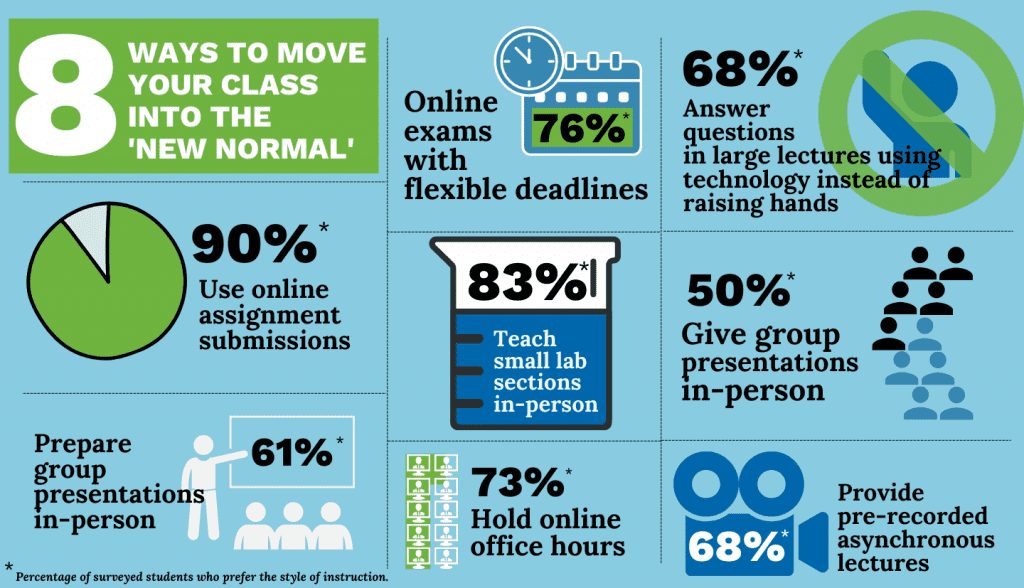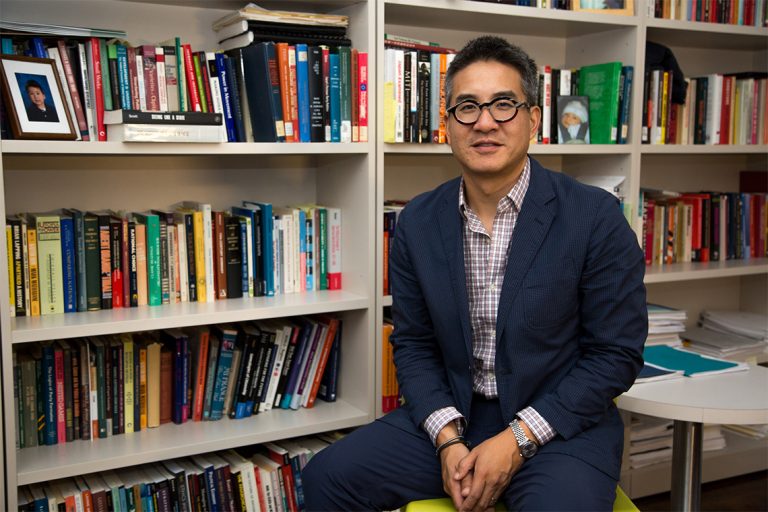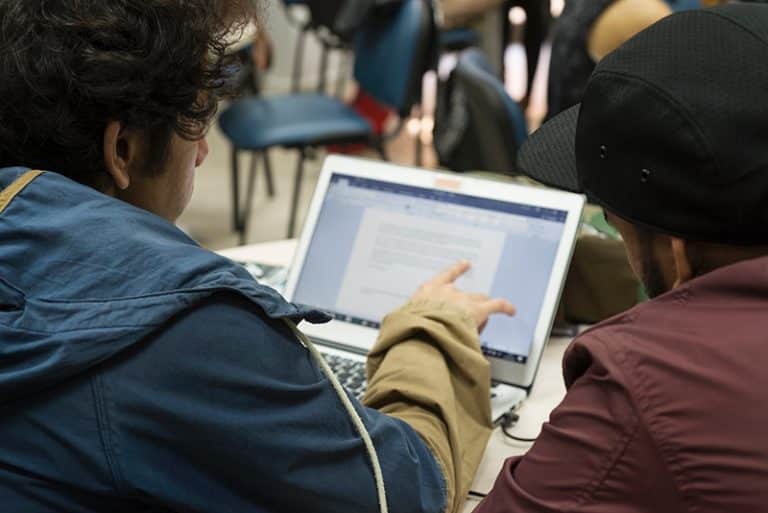
Director, Investigative Biology Teaching Laboratories, College of Agriculture and Life Sciences (CALS), Cornell University
Mark Sarvary, director of the Investigative Biology Teaching Laboratories in the College of Agriculture and Life Sciences (CALS) at Cornell University (a co-founding member of the Global MOOC and Online Education Alliance), recently co-authored and published a paper titled: “Undergraduates’ Experiences With Online and In-Person Courses Provide Opportunities for Improving Student-Centered Biology Laboratory Instruction.” The research finds that while undergraduate students value in-person interactions, they want to keep some of the adaptations developed during online teaching, including online assignment submission and digital question answering.
“We definitely need to realize that we are not returning to the old normal. That’s a hard realization, because we developed our courses and learning objectives in that old normal, and we got used to certain methods of teaching. I think many instructors were expecting to return to that and be done with all this technology. But we are not the same people we were before the pandemic, and the students are not the same as they were before the pandemic. Instead of complaining about it, let’s see what we can learn from it.”
Transitioning an entry-level investigative biology course online was difficult enough, but Sarvary was surprised to discover that shifting back to in-person teaching was even harder: In the first semester back in person, mental health referrals and special accommodation requests from students quadrupled.
“It’s the cumulative stress of the pandemic – losing family members, sickness, stress, losing social contact – but it’s also students who have never experienced a ‘normal’ college class,” he said. “We want to find solutions that support students while also achieving our learning objectives.”
Sarvary and his colleagues surveyed students in a roughly 350-person course about their preferences for specific components of online and in-person teaching. They found that while students value in-person interactions that build a sense of community, such as group work and in-person lab sessions, students also appreciated and wanted to keep many of the adaptations developed during the pandemic, including:
- Use online assignment submissions (90%)
- Prepare group presentations in-person (61%)
- Online exams with flexible deadlines (76%)
- Teach small lab sections in-person (83%)
- Hold online office hours (73%)
- Answer questions in large lectures using technology instead of raising hands (68%)
- Give group presentations in-person (50%)
- Provide pre-recorded asynchronous lectures (68%)
the percentage in brackets represents the proportion of surveyed students who prefer the particular style of instruction

“I think what the pandemic has taught us is that we can easily accommodate people,” said Dawson Postl ’24, a former student and undergraduate teaching assistant in Sarvary’s Investigative Biology course. “Almost everyone has enjoyed being back in person and having that sense of community, but Zoom and other technologies are still powerful tools in our arsenal.”
For example, he said, recorded lectures help people with disabilities, people who miss class for sickness or family emergencies, and students who want to review while studying.
Returning to in-person teaching has required creative adaptations to accommodate the ways students want to learn, said Joseph Ruesch, Ph.D. ’22, who has worked as a graduate TA for Investigative Biology. He’s imitated the Zoom “raise hands” feature by having students put up a paper-folded triangle when they have a question or need help. It removes the embarrassment of physically raising a hand and leaves students’ hands free to continue working while they wait for a TA, he said.
Sarvary said he hopes instructors will look at all the tools in their pedagogical toolboxes as they move forward in the “new normal.”
“As I think about what to keep online and what to get back in person, I wanted to involve all stakeholders, and among the most important stakeholders are the students themselves,” Sarvary said. “We can have both compassion and academic rigor.”
This research was supported by the CALS Active Learning Initiative Grants Program.
This article was written by Kristy Gashler (Cornell’s CALS) and was first appeared in https://news.cornell.edu/stories/2022/05/students-want-some-online-learning-features-new-normal
Reference:
- Sarvary, M. A., Castelli, F. R., & Asgari, M. (2022). Undergraduates’ experiences with online and in-person courses provide opportunities for improving student-centered biology laboratory instruction. Journal of Microbiology & Biology Education, 23(1), e00289-21.






